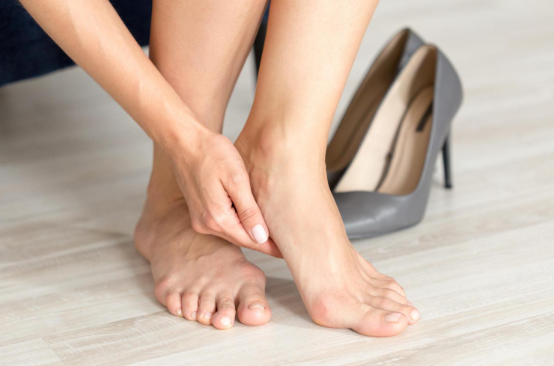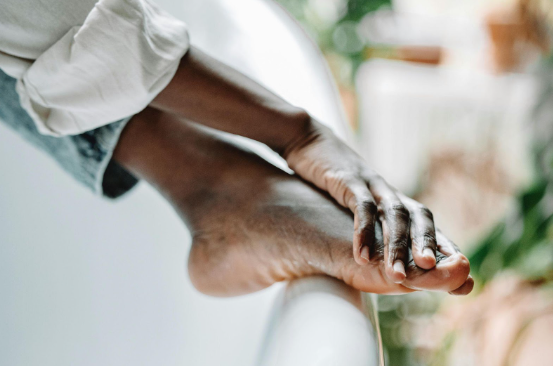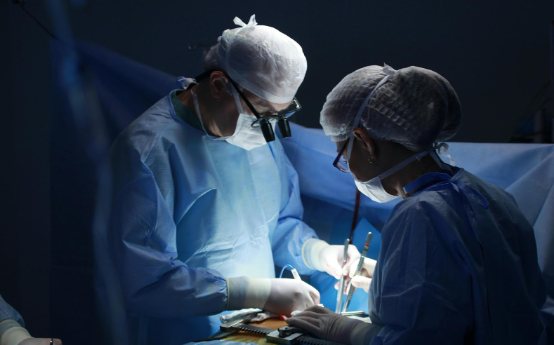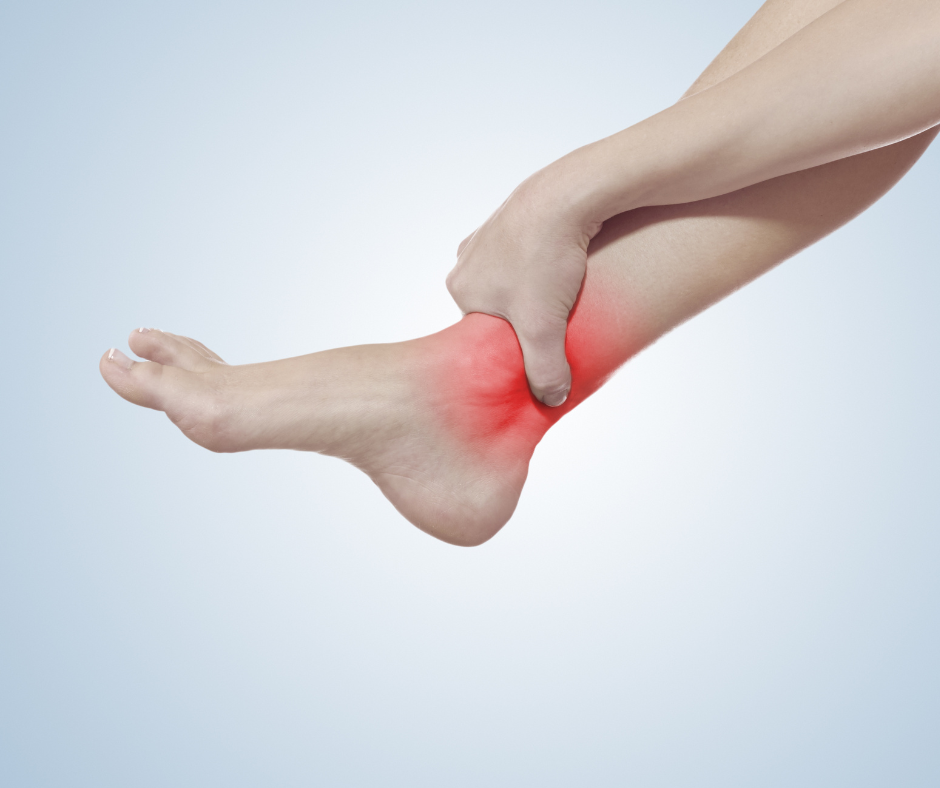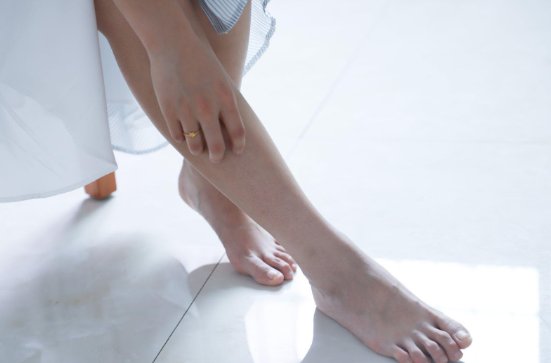HOW YOUR LOCAL ORTHOPEDIC DOCTOR CAN HELP YOU
How Your Local Orthopedic Doctor Can Help You
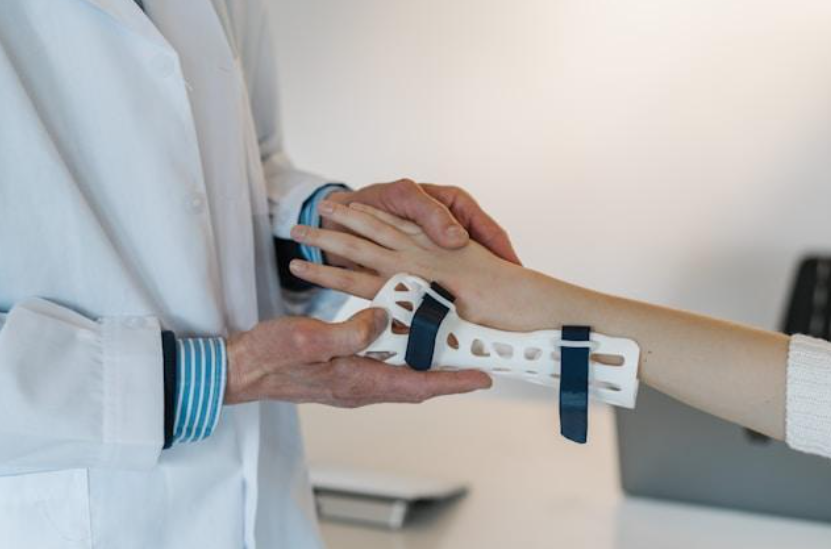
Orthopedic doctors specialize in diagnosing, treating, and preventing musculoskeletal system conditions, including bones, joints, muscles, ligaments, tendons, and nerves. From sports injuries to degenerative diseases, an orthopedic doctor is trained to address a wide range of issues, helping to improve mobility, reduce pain, and enhance your overall quality of life.
Common Conditions Treated by Orthopedic Doctors
Orthopedic doctors are equipped to handle a variety of conditions ranging from acute injuries to long-term degenerative disorders. Some of the most common conditions include the following:
- Arthritis: This involves the inflammation of joints, which can lead to stiffness, swelling, and pain. Orthopedic doctors can offer both surgical and non-surgical treatments to manage arthritis. These may include medication, physical therapy, or joint replacement surgery.
- Fractures and Dislocations: Orthopedic specialists often treat fractures (broken bones) and dislocations (bones forced out of their normal position). Depending on the severity, treatment options can range from casting and bracing to surgical intervention to realign and stabilize the bone.
- Tendon and Ligament Injuries: When injured, such as in an ACL tear or rotator cuff injury, orthopedic doctors can offer various treatment options, including physical therapy, bracing, and surgical repair.
- Degenerative Conditions: Conditions like osteoporosis and osteoarthritis are degenerative and tend to worsen over time. Orthopedic doctors can help manage these conditions through medications, lifestyle changes, and, in some cases, surgical interventions to replace worn-out joints or strengthen weakened bones.
Diagnostic Tools and Techniques
Orthopedic doctors correctly diagnose the condition you're experiencing through these diagnostic tools and techniques:
- X-rays: Offer clear images of bones to detect fractures, dislocations, and arthritis.
- Magnetic Resonance Imaging (MRI): Provides detailed views of soft tissues such as muscles, tendons, and ligaments, helpful in diagnosing tears or strains.
- CT Scans: Creates 3D images of both bones and soft tissues, ideal for evaluating complex fractures or multi-site conditions.
- Physical Examinations: Assesses range of motion, muscle strength, and tenderness to identify issues without imaging.
- Ultrasound: Useful for diagnosing soft tissue injuries like muscle tears or inflammation.
Non-Surgical Treatment Options
Many people assume that seeing an orthopedic doctor means surgery is inevitable. However, the majority of orthopedic conditions can be treated non-surgically.
Physical Therapy
Physical therapy can help improve strength, flexibility, and range of motion, reduce pain, and help you regain function in the affected area.
Medications
Nonsteroidal anti-inflammatory drugs (NSAIDs) like ibuprofen are often prescribed to manage pain and inflammation. In some cases, corticosteroid injections may be recommended for longer-lasting relief from joint pain and swelling.
Bracing and Casting
For conditions like fractures or sprains, your orthopedic doctor may recommend a brace or cast to immobilize the area and promote healing. Bracing is also commonly used to support chronic conditions like carpal tunnel syndrome.
Lifestyle Modifications
Your orthopedic doctor may suggest modifying your exercise routine, losing weight to reduce stress on your joints, or incorporating ergonomic changes at work to improve posture and decrease strain on the musculoskeletal system.
When Surgery Is Necessary
While many conditions can be managed with non-surgical treatments, there are instances when surgery becomes the best option for long-term relief and improved function. Orthopedic surgeons are highly trained in various surgical techniques designed to address specific issues within the musculoskeletal system.
Joint Replacement Surgery
For patients with severe arthritis or joint damage, joint replacement surgery can be life-changing. The most common joint replacements are hip and knee replacements, though shoulder and elbow replacements are also performed. These surgeries involve removing the damaged joint and replacing it with an artificial one made from metal, ceramic, or plastic.
Arthroscopy
Arthroscopy is a minimally invasive surgical technique that allows doctors to view, diagnose, and treat joint problems through small incisions using a specialized camera. It is commonly used to treat issues with knee, shoulder, and wrist joints, such as torn cartilage or ligaments.
Fracture Repair Surgery
In cases where a fracture is too severe to heal, surgical intervention may be necessary to realign and stabilize the bone. This could involve the use of metal rods, screws, or plates to hold the bone in place while it heals.
Rehabilitation and Recovery
The goal of rehabilitation is to restore function, improve mobility, and reduce pain while minimizing re-injury risk. Orthopedic doctors work closely with physical therapists to create a tailored rehabilitation program that supports recovery and helps patients return to normal activities.
Post-Surgical Rehabilitation
For surgical patients, the rehabilitation process often begins shortly after surgery. The goal is to gradually restore strength, flexibility, and function in the affected area while minimizing pain and inflammation.
Injury Prevention
Part of the recovery process involves learning how to prevent future injuries. Your orthopedic doctor and physical therapist will teach you exercises and stretches to strengthen your muscles and protect your joints. They may also guide proper body mechanics to avoid strain during daily activities.
Specialized Care for Athletes
For those involved in sports, orthopedic doctors offer specialized care tailored to the unique needs of athletes. Whether treating an acute injury like a torn ligament or helping prevent future injuries, sports medicine is a critical aspect of orthopedic care.
Sports Injury Treatment
Sports injuries are common, ranging from sprained ankles to torn ACLs. Orthopedic doctors can provide quick and effective treatment to help athletes return to their sport as soon as possible.
Performance Optimization
In addition to treating injuries, many orthopedic doctors work with athletes to optimize their performance. This can involve everything from improving posture to strengthening specific muscle groups to reduce the risk of injury.
At
AZ Ortho, our team provides expert orthopedic care, specializing in comprehensive treatments for bones, joints, muscles, and nerves.
Contact us today to schedule a consultation.
